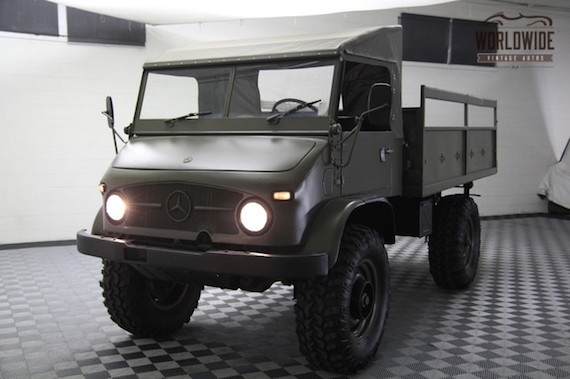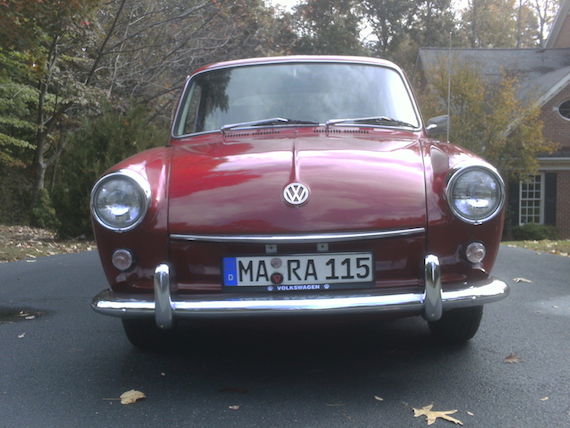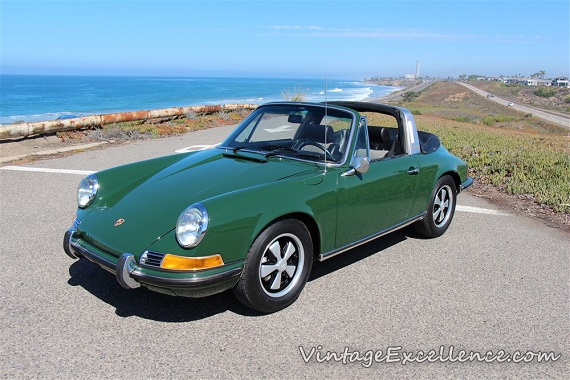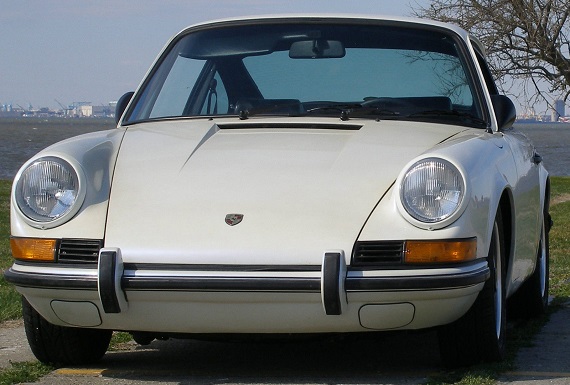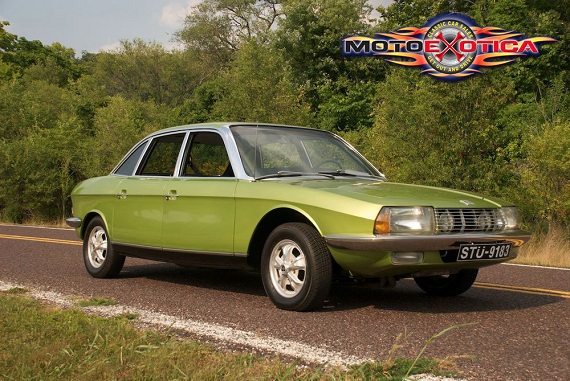We’ve seen some differing takes on the Unimog recently, including a more modern 90s example and a nice change of color on a white 416. Those were cool, but today’s rings truest to the original inspiration of my Mog love, owned by my childhood best friend’s dad (also owner of an Estoril E36 M3 sedan and a strong collection of Ducatis). When it comes to affordability, even restored versions of the barebones original 404 are way up there when it comes to cool, weird, classic 4x4s. For less money than a brand-new, 2WD, no-option pickup, you could scare every other car off the road. These are certainly a want and not a need, but their impracticality in everyday life (or at least my everyday life) is strongly countered by rather low prices.
Tag: 1969
The ’69 Volkswagen Type 3 Fastback we featured last week is back on the market, with a $600 price reduction. Is it time to reconsider these alternative air-cooled VWs with Beetle prices trending upwards?
CLICK FOR DETAILS: 1969 Volkswagen Type 3 Fastback on eBay
The below post originally appeared on our site October 25, 2014:
3 CommentsWe’ve seen this story before: we come across an already rare Porsche model, this time a 911S, which has its rarity compounded by other factors and we end up with a super rare model. But there’s always a minor hiccup. In the case here, added to the rarity of the S is that this is a long-wheel-base soft-window targa. However, it has a non-original engine that while correct for the model was not the engine particular to this car. Exactly how many of these cars exist appears to be unknown, though the R&T article the seller directs us to states that there were a total of 9 of this specific model built in 1969. Even if that number is incorrect, the total is still going to be very low. A non-numbers matching example in this condition can still do very well for collectors, but there is always going to be that sticking point about originality. For the car itself: we have here an Irish Green 1969 Porsche 911S Soft-window Targa, located in California, with 153,000 miles on it.
CLICK FOR DETAILS: 1969 Porsche 911S Soft-window Targa on eBay
Comments closedThis may be my imagination, but I feel as if we aren’t seeing the 912 come up for sale quite as often these days. Granted, there were never a ton of them to begin with since they were produced for such a short period, and given their entry-level status many of them were probably driven for a while and then removed from the population. An excellent 912 is a very rare thing, but even driver-quality examples have become somewhat hard to come by. So I was pleased to come across this example from the last year of long-hood 912 production: a 1969 Porsche 912, located in southeast Virginia, with a reported 33,320 miles on it. As with many Porsches from this period it would be nice to have that verified, rather than discovering the odometer has rolled over. The last year for these 912s coincided with the first year Porsche extended the wheelbase of their rear-engined cars, which should make this model an excellent handling machine given the better balance of the 912’s lighter 4-cylinder engine. By modern standards, few Porsches from the ’60s will stun you with their performance, but all remain a pleasure to drive and a long-hood 912 comes at a fraction of the cost of a similar year 911. We’re certainly dealing with differing levels of investment potential between the two, but for driver-quality examples a 912 can make for a very good choice.
CLICK FOR DETAILS: 1969 Porsche 912 on eBay
Comments closedYou’d be forgiven for looking at the stats of the mid-1960s designed NSU Ro80 and thinking it was a much newer car. At the very least, it seemed quite futuristic compared to what was coming not only out of Detroit, but out of the rest of the world at the time. Aerodynamics were key to its slippery shape, unlike the rest of the world that relied on “jet” styling accents and fins to look fast. A tall, airy greenhouse provided excellent visibility for its passengers and driver. Underneath, power steering, 4-wheel independent suspension, 4-wheel disc inboard brakes and a semi-automatic gearbox with vacuum assisted clutch were the highlights – items that in some cases wouldn’t be found on mainstream cars until very recently. Then there was the engine; at only 1 liter, it didn’t sound like much to write about – but it was a twin-rotor Wankel engine with over 100 horsepower. Indeed, the power output wasn’t much less than most inline-6s of the day with 2 1/2 times the displacement. Couple that into a reasonably lightweight sedan and the performance of the NSU was certainly above average.
Looking at the NSU today, it’s easy to see design elements that were incorporated into later designs, mostly from the 1970s and 1980s. NSU’s parent Audi developed the exterior design elements further a decade and a half later into the Audi 100, most notably. Squint, and you can see it. But when I look, I also see elements from BMWs, Mercedes-Benz, Alfa Romeo, Citroen, Lancia, Fiat, and even Toyota, Mazda and Nissan – this was truly an influential design. For the most part, it was also a fringe automobile though, so not many people knew them or about the advanced platform that had been developed. They were also a bit too far ahead of the curve, suffering rotor-tip seal problems that wouldn’t really be solved for another decade by Mazda. On top of that, they were quite expensive at the time – meaning that for well-heeled buyers, the unreliability was even more unacceptable than normal. More recently in the past decade, the avant-garde Ro80 has finally been recognized by the world as a truly special page in history and a turning point in automotive design. That’s why it’s so special to see them pop up for sale, especially in America where they’ve always been rare:
